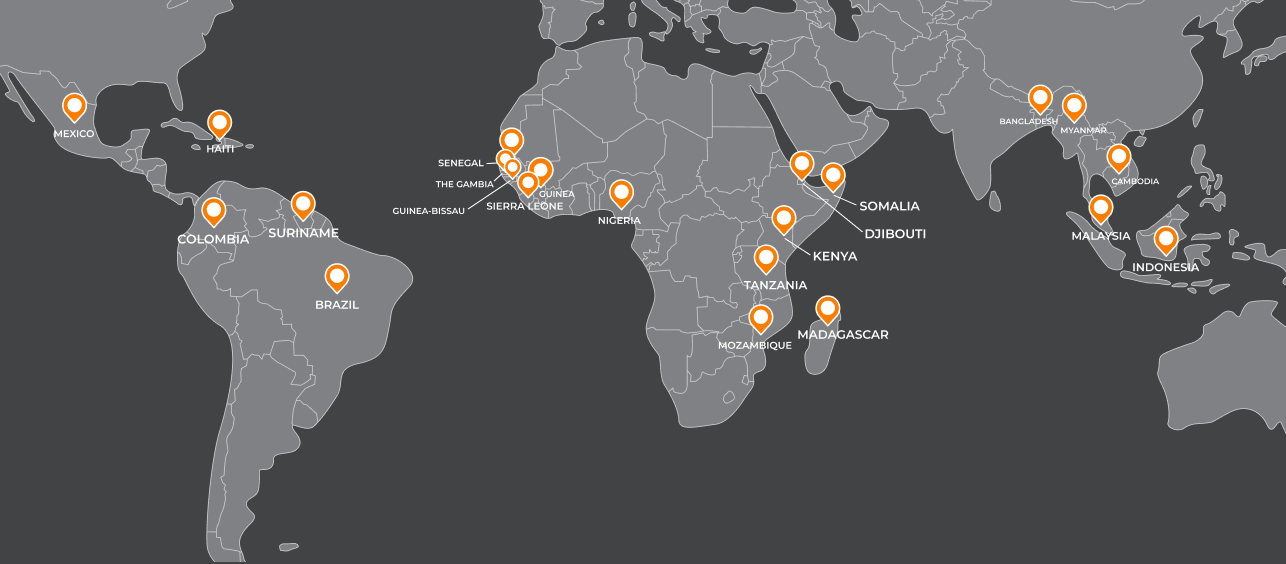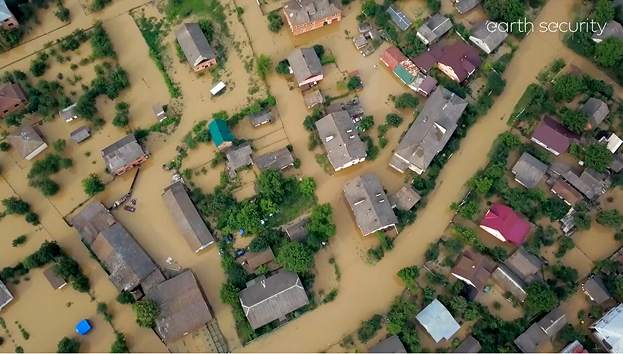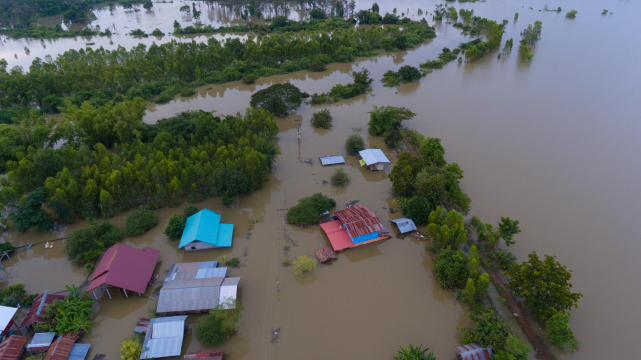This article was first published in Australian Banking + Finance
Elizabeth Fry, 1st September 2021

HSBC Australia and London-based Earth Security have launched a new project that will develop a framework for a mangrove bond aimed at protecting and restoring vital natural habitats.
The Australia-first project is part of HSBC Australia’s broader commitment to developing new financial tools, including nature-based climate solutions, which can support the transition to a low carbon economy and also protect livelihoods in local communities.
The two-year project builds on previous work conducted by Earth Security in collaboration with HSBC’s Centre for Sustainable Finance and other global partners. This previous work identified the opportunity for municipal districts and cities to issue bonds to support mangrove ecosystems and also 40 specific locations, including Brisbane and Darwin.
“This is the next step in our efforts to create financial products that will trigger a genuine shift in behaviour," said HSBC Australia’s head of corporate sustainability, Alpa Bhattacharjee. "There is a real need to drive large-scale investment in capital market solutions that will help us meet the goals of the Paris Agreement.
NAB’s ESG risk management product
Separately, National Australia Bank on Wednesday launched specialist derivative products in Australia tied to ESG targets. NAB head of corporate and institutional banking David Gall said the bank first offered ESG-linked derivatives last year in response to growth in European sustainability-linked loan and bond markets. The bank had arranged six ESG-linked derivatives for European and UK-based customers to encourage sustainability in risk management practices.
"Despite the relatively big size in Europe, Gall said ESG-linked derivatives are relatively unknown in Australia," argued Gall. “Climate action is everyone’s job. We need to be part of the solution and support our customers as they take action too. It is our responsibility to keep innovating and broadening our products for customers, linking sustainability to all forms of finance." The NAB executive noted a growing demand for ESG-related products across many industries and sectors, including "higher education, emerging tech, and agriculture.”
Globally, he continued, NAB has arranged over $20 billion in sustainability-linked loans and ESG-linked derivatives naturally flow on from these securities.
"Customers can hedge the interest rate, inflation, and even foreign exchange risks tied to these transactions. ESG-linked derivatives provide the same benefits while at the same time fostering sustainability goals or managing ESG-related risks."
Global bank loans with terms tied to environmental, social, and governance targets jumped to about $52 billion in volume for the year to May - already a 292 percent increase overall. Global ESG assets are worth more than $30 trillion.
An ESG-linked derivative is a risk management product that derives its value from the financial markets and a counterparty’s ESG performance. They can hedge interest rates, inflation, or foreign exchange risk. Clients can buy them when entering a sustainability-linked loan or bond or on a stand-alone basis. In the case of an ESG-linked derivative that hedges interest rate risk, the credit spread charged by the bank decreases by an agreed amount if the client meets pre-determined sustainability performance targets.
Explore the reports
The Earth Security Index Reports provided in-depth analysis of critical themes across selected industries and market geographies, enabling investors to anticipate and respond to emerging global dynamics. Download and explore the full Earth Security Index reports:












































